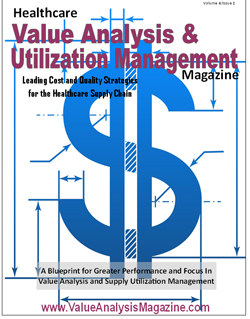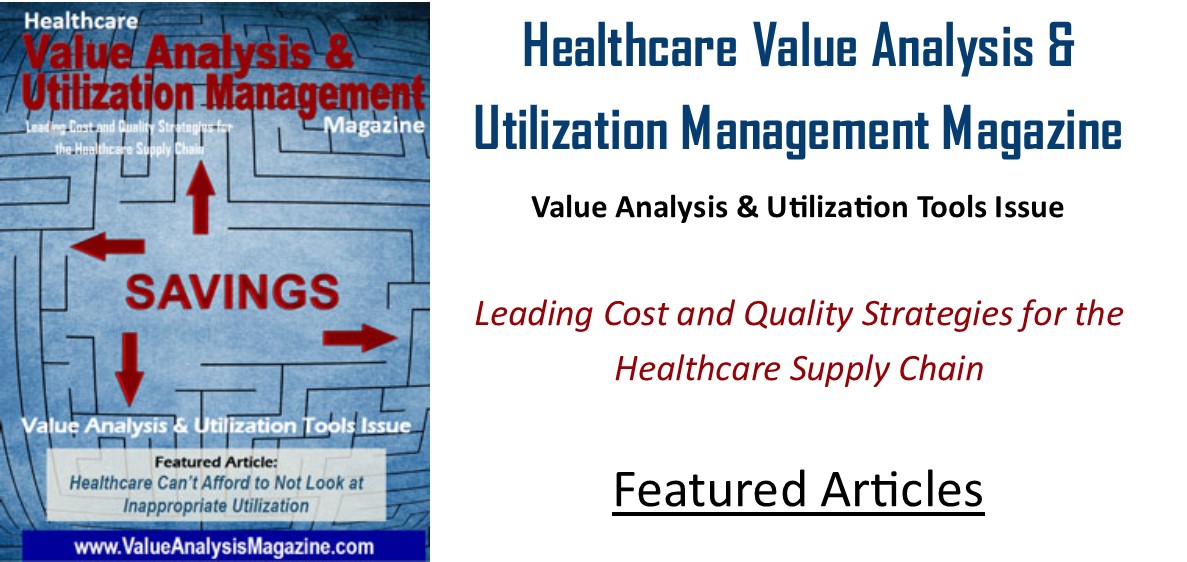“AI will be one of the answers for value analysis practitioners to save time while improving savings, quality, and outcomes because it enables the execution of complex tasks without excessive cost.”
Embracing the Power of AI to Power Your Savings, Quality, and Outcomes
By now, I’m sure you have heard the debate over artificial intelligence (AI). Whether you consider it your friend or your enemy, the reality is that it will generate data analytics to power your savings, quality, and outcomes in the very near future.
“These supply chain decisions will also be much smarter. Advanced analytics and modeling will help decision makers evaluate alternatives against an incredibly complex and dynamic set of risks and constraints. And smarter systems will even make decisions automatically – increasing responsiveness and limiting the need for human intervention.”
“AI is becoming essential to innovative supply chain transformation. Forty-six percent of supply chain executives anticipate that AI/cognitive computing and cloud applications will be their greatest areas of investment in digital operations over the next three years.”
Adapt To The New Paradigm That’s Becoming A Reality
“Adaptive robotics act on Internet of Things (IoT) device information and a multitude of structured and unstructured data to learn and make autonomous decisions. Natural language processing (NLP) tools can understand human speech and react to what they are being told. Predictive analytics are being applied to demand responsiveness, inventory and network optimization, preventative maintenance and digital manufacturing. Search and pattern recognition algorithms – which are no longer just predictive, but hierarchical – analyze real-time data, helping supply chains to react to machine-generated, augmented intelligence, while providing instant visibility and transparency.”
For example, you will be able to generate a report to identify all of your healthcare organization’s commodities in which their usage is excessive compared to your cohort group with the same or similar operating characteristics, or those that appear to have quality or safety issues before they become recognizable to the naked eye. This will be a real boost for value analysis practitioners who don’t have the time to generate this information with their limited staff.
Embrace This New AI Technology To Get Better Than Just Good
Larry Page predicts that, “Artificial intelligence would be the ultimate version of Google. The ultimate search engine that would understand everything on the web. It would understand exactly what you wanted, and it would give you the right thing. We’re nowhere near doing that now. However, we can get incrementally closer to that, and that is basically what we work on.”
AI will be one of the answers for value analysis practitioners to save time while improving savings, quality, and outcomes because it enables the execution of complex tasks without excessive cost. Imagine a system that manages recurring tasks, has no human errors, quicker decision making, unbiased decisions, operates 24/7 without human intervention, and augments the capabilities of your limited staff. Best of all, AI isn’t a theory but a certainty that will become incrementally better over time.
Source: Karen Butner, Global Research Leader, Automation, Supply Chain, Virtual Enterprise, IBM Institute for Business Value
| About Robert T. Yokl, Founder & Chief Value Strategist for SVAH Solutions |
|---|
| Robert T. Yokl is President and Chief Value Strategist at SVAH Solutions. He has four decades of experience as a healthcare supply chain manager and consultant, and also is the co-creator of the Clinitrack Value Analysis Software and Utilizer Clinical Utilization Management Dashboard that moves beyond price for even deeper and broader clinical supply utilization savings. Yokl is a member of Bellwether League’s Bellwether Class of 2018. https://www.SVAH-Solutions.com https://www.SavingsValidator.com |
Articles you may like:





